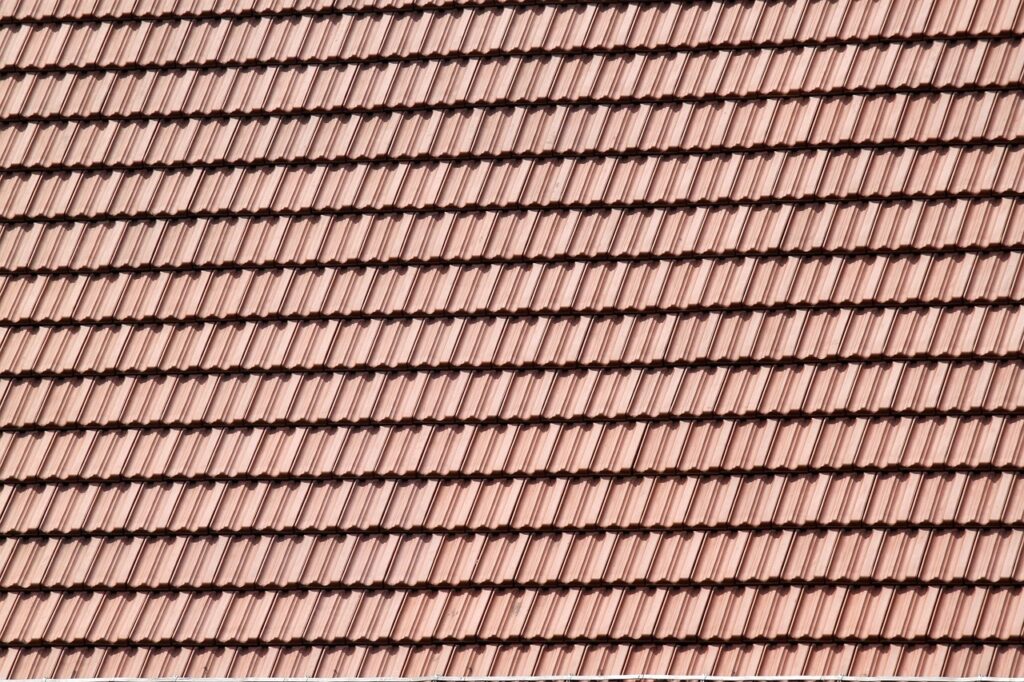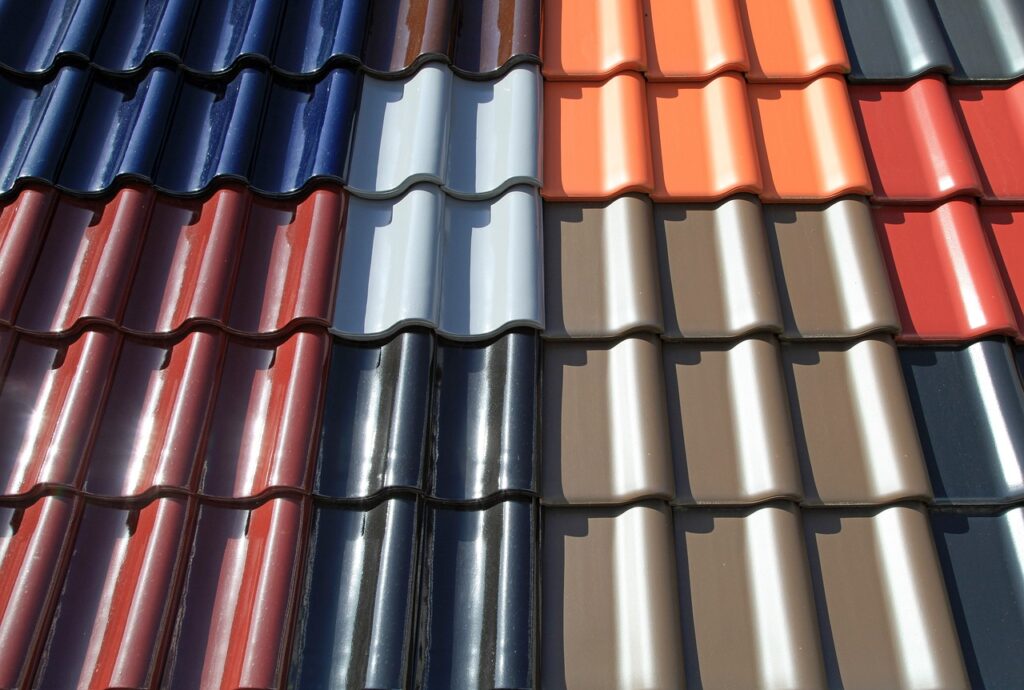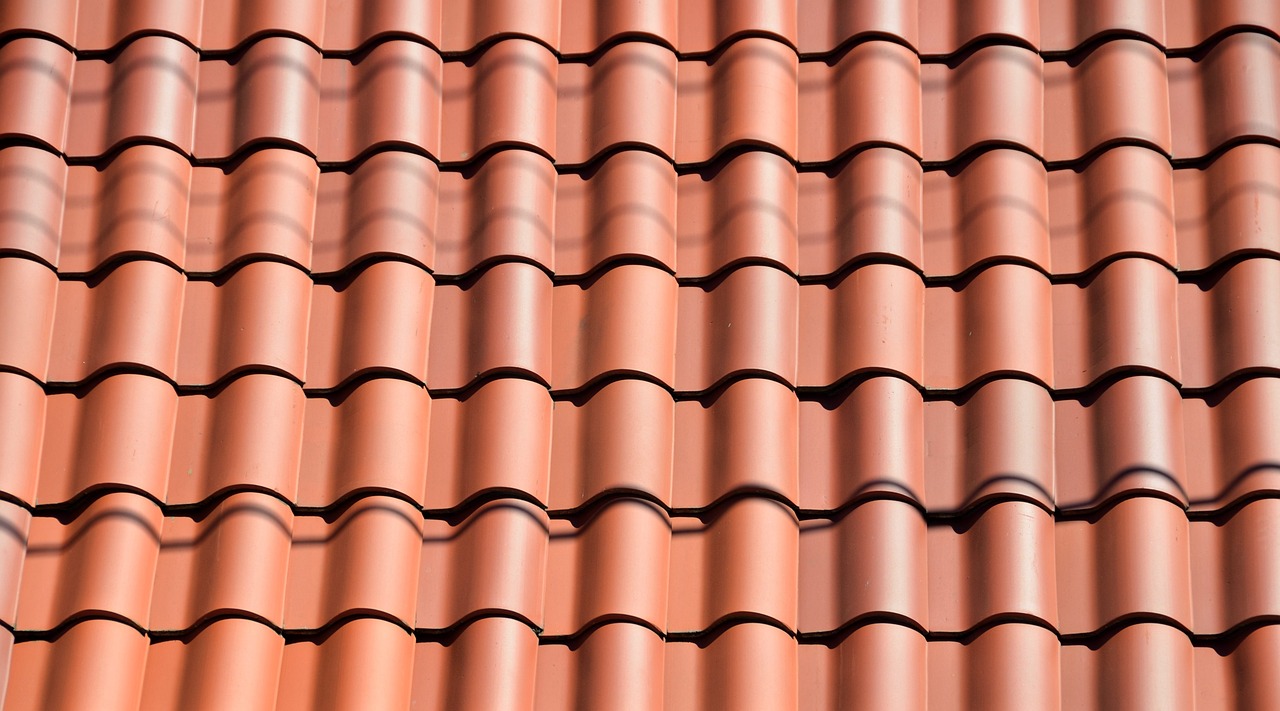Are you facing the bothersome problem of lifted shingles on your roof? If so, you may be wondering if there is a solution that doesn’t require a complete roof replacement. In this article, we explore the possibility of resealing shingles to rectify the lifting issue. We delve into the question of whether lifted shingles will reseal themselves, providing insight into a potential remedy for this common roofing concern.

This image is property of pixabay.com.
I. Understanding Shingles and the Lifting Issue
A. What are Shingles
Shingles are a type of roofing material that consists of overlapping individual components that protect the underlying structure from the elements. They are typically made from materials such as asphalt, wood, or metal, and are designed to provide durability and weather resistance.
B. Causes of Shingle Lifting
Shingle lifting occurs when the adhesive bond between the shingles and the roof surface weakens or fails. This can be caused by various factors, including age, weather exposure, poor installation, or improper maintenance. Over time, the lifting of shingles exposes the underlying roof structure to potential damage from moisture infiltration, wind uplift, and other external forces.
C. Consequences of Shingle Lifting
The consequences of shingle lifting can be significant. If left unaddressed, lifted shingles can lead to water leaks, which can result in interior damage to the property, including the formation of mold and mildew. Additionally, shingle lifting can compromise the structural integrity of the roof, making it more susceptible to further damage from wind, debris, and other external factors. It is crucial to address shingle lifting promptly to prevent these consequences.
II. Assessing the Severity of Lifting Shingles
A. Identifying Signs of Shingle Lifting
Identifying signs of shingle lifting is essential in assessing the severity of the issue. Look for shingles that appear raised or curled at the edges, shingles that are no longer flush with the rest of the roof, or shingles that are visibly cracked or damaged. These are all indications that the shingles are lifting and need attention.
B. Checking the Extent of the Lifting
To assess the extent of the lifting, carefully examine the affected areas of the roof. Look for widespread lifting across multiple shingles or localized lifting in specific areas. It is important to determine whether the lifting is limited to a few shingles or if it is a more extensive issue that requires comprehensive repair or replacement.
C. Determining the Cause of Lifting
Determining the cause of shingle lifting is crucial in understanding the underlying issues. Factors such as poor ventilation, excessive moisture, improper installation, or manufacturer defects can contribute to shingle lifting. By identifying the cause, appropriate measures can be taken to address the lifting issue effectively.

This image is property of pixabay.com.
III. Can Shingles be Repaired by Resealing?
A. Understanding Shingle Resealing
Shingle resealing is a method used to restore the adhesive bond between the shingles and the roof surface. It involves applying a new layer of adhesive or sealant to effectively reseal the lifted shingles. This can be an effective solution for minor lifting issues that have not caused significant damage to the shingles or roof structure.
B. Factors Influencing the Feasibility of Resealing
The feasibility of shingle resealing depends on several factors. The extent of the lifting, the condition of the shingles, and the underlying cause of the lifting are all factors that need to be considered. In some cases, resealing may not be a viable solution, and more extensive repairs or even roof replacement may be necessary.
C. Types of Shingle Resealing Methods
There are different methods of shingle resealing that can be employed. One common approach is using roofing cement or adhesive to reattach the lifted shingles. Another method involves using roof sealants or coatings to provide a protective layer that prevents further lifting. The choice of method depends on the specific situation and the recommendations of roofing professionals or manufacturers.
IV. DIY Shingle Resealing Techniques
A. Necessary Tools and Materials
If considering a DIY approach to shingle resealing, gather the necessary tools and materials beforehand. This typically includes roofing cement or adhesive, a caulking gun, a utility knife, a paintbrush or roller, a ladder, safety equipment such as gloves and goggles, and replacement shingles if needed.
B. Step-by-Step Guide to Resealing Shingles
- Start by identifying the lifted shingles that require resealing.
- Use a caulking gun to apply roofing cement or adhesive to the underside of the lifted shingles.
- Press the shingles firmly back into place, ensuring they are properly aligned.
- Apply additional roofing cement or adhesive along the edges or seams of the resealed shingles for added reinforcement.
- Allow sufficient time for the adhesive to dry and bond.
C. Tips and Precautions for DIY Resealing
When undertaking DIY shingle resealing, it is important to exercise caution and follow safety protocols. Always work on a stable surface, use appropriate safety equipment, and take necessary precautions to prevent falls. Additionally, ensure that you are using the correct type of adhesive or sealant recommended for your specific roofing material.

This image is property of pixabay.com.
V. Hiring a Professional for Shingle Resealing
A. Benefits of Hiring a Professional
Hiring a professional roofer to reseal your shingles offers several benefits. Professionals have the knowledge, experience, and specialized equipment to effectively assess the extent of the lifting, identify the underlying cause, and implement the most appropriate solution. They can also provide warranties or guarantees for their work, giving you peace of mind and assurance in the quality of the repair.
B. How to Select a Reliable Roofer
When selecting a roofer for shingle resealing, consider the following factors:
- Check for proper licensing and insurance.
- Look for a roofer with a good reputation and positive customer reviews.
- Request references and examples of past work.
- Obtain multiple quotes to compare pricing and services.
- Ensure the roofer is knowledgeable about the specific roofing material and manufacturer guidelines.
C. Cost Considerations for Shingle Resealing
The cost of shingle resealing can vary depending on factors such as the extent of the lifting, the size of the roof, and the geographical location. Hiring a professional for shingle resealing generally incurs labor costs, material expenses, and any additional fees for inspection or repairs. It is advisable to obtain several quotes from reputable roofers to get a comprehensive understanding of the costs involved.
VI. Alternative Solutions for Lifting Shingles
A. Partial Shingle Replacement
In cases where shingle resealing is not possible or practical, partial shingle replacement may be a viable alternative. This involves removing and replacing the lifted or damaged shingles while ensuring proper alignment and adherence to the surrounding shingles. Partial shingle replacement can be an effective solution for localized lifting or damaged shingles that cannot be adequately resealed.
B. Complete Roof Replacement
If lifting shingles are widespread, extensive, or indicative of underlying structural issues, a complete roof replacement may be necessary. This option is typically pursued when the existing roof has reached the end of its lifespan or has experienced significant damage that cannot be adequately repaired. A complete roof replacement offers the opportunity to address not only the lifting shingles but also any other underlying issues, ensuring a long-lasting and reliable roof.
C. Roof Maintenance and Preventive Measures
To prevent or minimize shingle lifting issues, regular roof maintenance and preventive measures play a crucial role. This includes inspecting the roof periodically for signs of damage or lifting, addressing minor issues promptly, maintaining proper ventilation and moisture control, and keeping gutters clear of debris. Investing in regular roof maintenance can help identify and address potential lifting issues before they escalate.
VII. Importance of Timely Shingle Repair
A. Preventing Further Damage
Addressing lifting shingles in a timely manner is essential to prevent further damage to the property. Moisture infiltration resulting from lifting shingles can lead to interior water damage, mold growth, and compromised structural integrity. By promptly repairing the lifting shingles, potential consequential issues can be minimized or avoided altogether.
B. Enhancing Energy Efficiency
Lifting shingles can create gaps or spaces that allow heat or cool air to escape from the property. This can result in increased energy consumption and higher utility bills. By repairing the lifting shingles, the roof’s energy efficiency can be restored, which can lead to long-term cost savings and improved comfort within the property.
C. Increasing Roof Lifespan
Proper and timely repair of lifting shingles can significantly increase the lifespan of the roof materials and overall roofing system. By preventing further damage or deterioration, the repaired roof can continue to provide optimal protection and performance for an extended period. This can translate to cost savings and increased property value in the long run.
VIII. Common Myths and Misconceptions
A. Shingle Resealing as a Permanent Solution
While shingle resealing can be an effective solution for minor lifting issues, it is not a permanent fix. Over time, the adhesive bond may weaken again, especially if the underlying cause of the lifting is not addressed. It is important to monitor the resealed shingles and address any recurring or worsening lifting issues promptly.
B. Temporary Fixes and their Limitations
Temporary fixes, such as using nails or roofing tar to hold down lifted shingles, may provide a temporary solution, but they are not recommended for long-term repairs. These temporary fixes can sometimes cause more harm than good, as they can damage the shingles or create more opportunities for water infiltration. It is best to opt for proper repair methods to address the lifting issue effectively.
C. Neglecting Lifting Shingles
Neglecting lifting shingles can have serious consequences for your property. Ignoring the issue can lead to further damage, increased repair costs, and potential safety hazards. It is crucial to address lifting shingles promptly by either repairing them or seeking professional assistance to prevent more extensive problems down the line.
IX. DIY vs. Professional Resealing: Comparison
A. Pros and Cons of DIY Resealing
DIY resealing can be a cost-effective option for minor lifting issues. It allows you to take immediate action and save on labor costs. However, it requires a certain level of skill, knowledge, and safety precautions. Not properly addressing the underlying cause or using incorrect materials can lead to ineffective repairs or the need for more extensive repairs in the future.
B. Advantages and Disadvantages of Professional Resealing
Hiring a professional for shingle resealing offers several advantages. Professionals have the necessary expertise, equipment, and access to quality materials. They can identify and address the underlying cause of the lifting, ensuring a thorough and effective repair. However, the cost of professional resealing may be higher due to labor and material expenses. Additionally, scheduling and availability of professional roofers may vary, which can affect the timeline for the repair.
C. Making an Informed Decision
When deciding between DIY resealing and hiring a professional, consider the severity of the lifting issue, your level of expertise, and the potential risks involved. If you are unsure about your ability to properly address the issue or if the lifting is widespread and severe, it is advisable to seek professional assistance. Consulting with a reputable roofer can provide valuable insights and help you make an informed decision.
X. Conclusion
Shingle lifting is a common issue that can have significant consequences if left unaddressed. Assessing the severity of the lifting, understanding the available repair options, and considering the benefits of professional assistance are crucial steps in resolving the issue effectively. Whether you choose to undertake the repair yourself or hire a professional, timely action is key in preventing further damage, increasing energy efficiency, and prolonging the lifespan of your roof. By understanding the causes and consequences of shingle lifting and taking appropriate measures, you can ensure a reliable and durable roof that protects your property for years to come.
